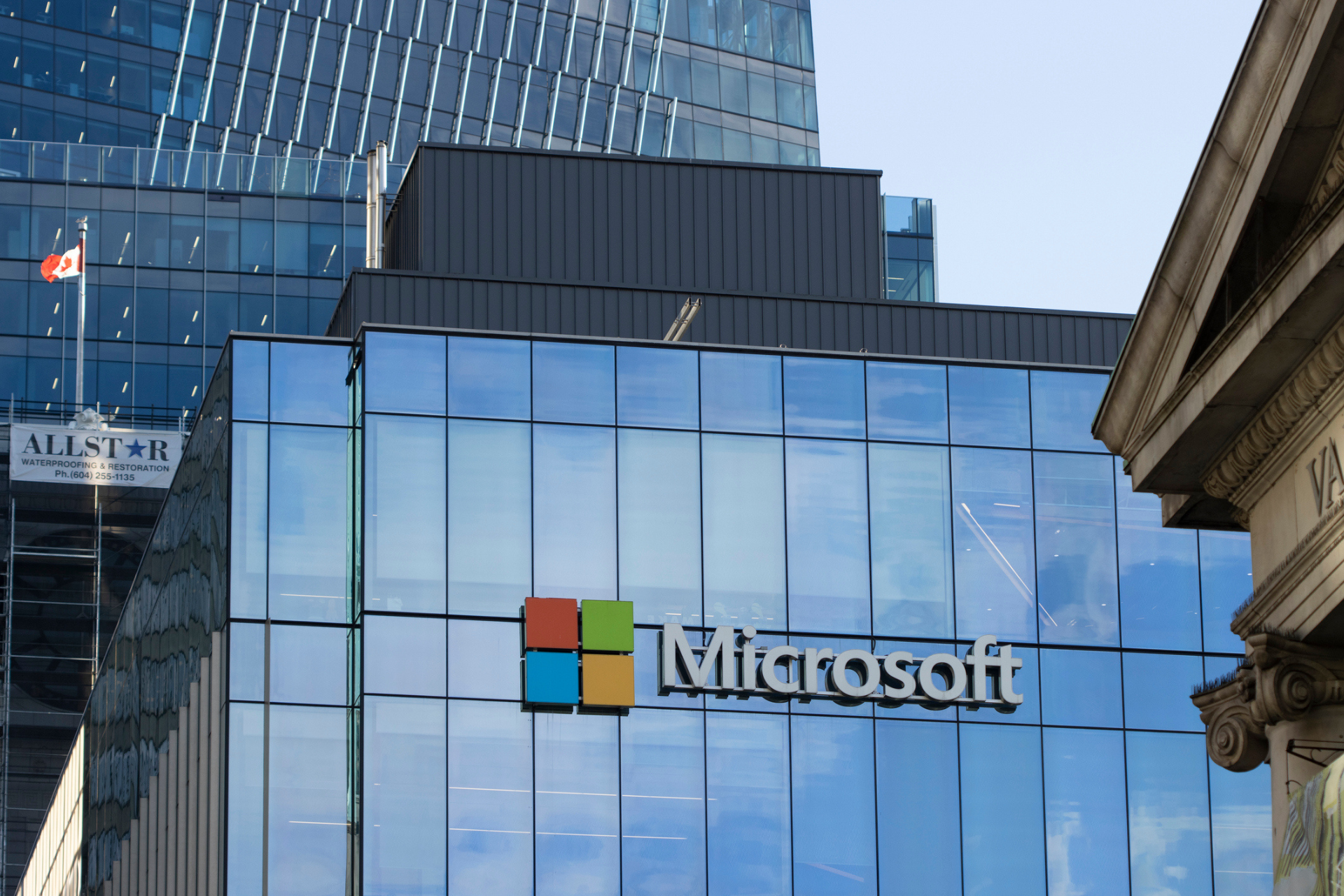A relentless barrage of “Reset Apple ID Password?” notifications are flooding devices across the US. iPhones, iPads, and MacBooks – a digital storm targeting Apple users.
This is not a technical glitch, but a sophisticated phishing attack exploiting a potential vulnerability in Apple’s system. The exact nature of the vulnerability remains unclear, but it is allowing attackers to bombard devices with reset prompts, hoping to overwhelm users into accidentally clicking “Allow.”. Granting that permission could give attackers access to a treasure trove of personal information – emails, photos, and even financial data linked to the Apple ID.
How widespread is the attack?
Determining the exact scope of the attack is difficult. News reports suggest it is impacting a sizable number of users across the United States, but official figures have not been released. However, the widespread nature of the notifications and the media attention it is garnering suggest it is not a small-scale incident.
Are there any users who accidentally fell victim?
The strategy is simple yet effective. By triggering a constant barrage of notifications, attackers gamble on frustration and fatigue. Experts believe some users might accidentally click “Allow” out of exasperation, but there are no confirmed reports on the scale of such incidents.
What are the consequences of a successful attack?
If a user clicks “Allow” on a malicious prompt, the attacker gains access to their Apple ID. This could allow them to change passwords, lock the user out of their account, and potentially access sensitive information like emails, photos, and even financial data linked to the Apple ID.
The attack goes beyond notifications. Some users report receiving calls from Apple Support, urging them to reset their passwords. This tactic, known as caller ID spoofing, adds a layer of urgency, blurring the lines between legitimate support and malicious intent.
Thankfully, Apple users are not entirely defenseless. By recognizing the signs of a phishing attack and staying calm, they can navigate the digital storm. Security experts advise users to never click on links within the notifications and instead, manually navigate to Apple’s official website to check for any legitimate password reset requests.
What security measures can users take?
Empowered by a clear understanding of the threat, users are fortifying their defenses. They are adding two-factor authentication, a security measure that requires a second verification step beyond just the password. Additionally, users are advised to create strong, unique passwords and avoid using the same password for multiple accounts. Finally, a healthy dose of skepticism towards unsolicited requests, whether through notifications or calls, is crucial.
The Apple “reset password” attack serves as a stark reminder of the ever-evolving landscape of cyber threats. While tech giants like Apple strive to fortify their systems, the responsibility falls on users to be vigilant. By staying informed about the latest threats, adopting strong security practices, and approaching unsolicited requests with a critical eye, we can turn the tide on these digital avalanches.
The federal government is urging states to prioritize cybersecurity upgrades for water infrastructure. However, significant investments will be needed to address the vulnerabilities in these aging systems.
What are the broader implications of this attack?
This attack highlights the increasing sophistication of phishing attempts. Attackers are constantly developing new methods to exploit user vulnerabilities and bypass security measures. It serves as a wake-up call for users to be extra cautious and for tech companies to continuously improve security protocols.
Will the US be able to fortify its water infrastructure before a cyberattack disrupts a vital service for millions? Only time will tell.
How can users stay informed about the latest cyber threats?
Several resources can help users stay informed. Tech blogs, security company websites (like Horizon Helix), and even official channels from Apple can provide updates on the latest threats and best practices for online safety. Additionally, enabling two-factor authentication on all accounts adds a significant layer of security.
What role can tech companies play in educating users about online safety?
Tech companies have a responsibility to educate users about online safety. This can be achieved through clear and concise notifications informing users about phishing attempts, offering educational resources on password security, and implementing robust security measures within their platforms.
By working together, users and tech companies can create a more secure digital environment for everyone.




